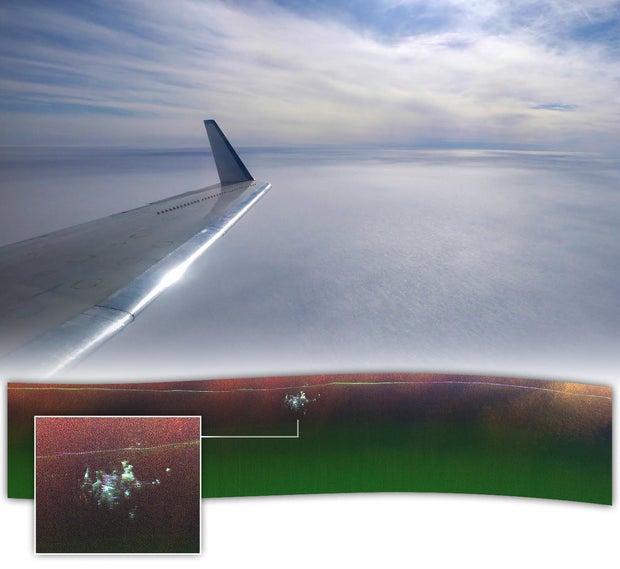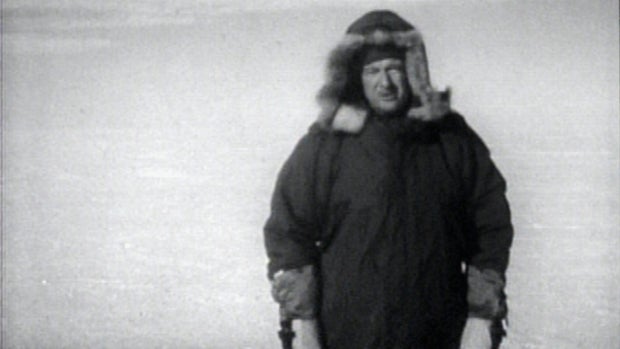CBS News
Biden announces $5 billion in student loan forgiveness. Here’s what to do if you don’t qualify.

Getty Images/iStockphoto
In a move aimed at addressing the long-standing issues plaguing the U.S. student loan system, the Biden administration announced Friday that it approved an additional $4.9 billion in student loan debt relief for 73,600 borrowers. This announcement, which brings the total loan forgiveness approved by the administration to $136.6 billion for more than 3.7 million Americans, reflects the ongoing efforts to provide relief to student loan borrowers.
The discharges are the result of fixes to income-driven repayment (IDR) forgiveness and Public Service Loan Forgiveness (PSLF). According to U.S. Secretary of Education Miguel Cardona, the nearly $5 billion in additional debt relief will benefit teachers, social workers and other public servants who have earned PSLF. It will also assist borrowers qualifying for income-driven repayment forgiveness due to the accurate accounting of their payments, the administration says.
But while the new round of student loan forgiveness will provide welcome relief to tens of thousands of borrowers, not everyone will qualify. So what can you do if you don’t qualify for this round of student loan forgiveness but still need relief from your student loan payments? The good news is that you have options to consider.
Find out more about how student loan refinancing could help you here.
What to do if you don’t qualify for student loan forgiveness
The debt relief announced today by the Biden-Harris Administration is categorized as follows:
- $1.7 billion for 29,700 borrowers through administrative adjustments to IDR payment counts: These adjustments bring borrowers closer to forgiveness and address concerns regarding the misuse of forbearance by loan servicers.
- $3.2 billion for 43,900 borrowers through PSLF: This includes borrowers benefiting from the limited PSLF waiver and regulatory improvements made to the program by the Administration.
Learn more about the top student loan refinancing rates you could qualify for.
Alternative student loan relief options to consider
While the latest round of student loan relief is a significant step forward, unfortunately, not all borrowers may qualify for this type of debt relief. If you find yourself ineligible for this new student loan forgiveness, there are alternatives to consider, such as private student loan refinancing.
Private student loan refinancing involves replacing existing student loans with a new loan from a private lender. This new loan often comes with a lower interest rate, providing borrowers with potential long-term savings. Refinancing also allows for the consolidation of multiple loans into a single, more manageable monthly payment, simplifying budgeting and financial planning.
It’s important to understand, though, that federal student loans offer unique protections to borrowers, so refinancing your federal student loans with private student loans may not make the most sense, even if your rate is lower. So before you make any decisions, just be sure to weigh the potential benefits of refinancing against the possible downsides of losing the protections offered to you by your federal loans.
Why it can make sense to refinance your private student loans
There are a few reasons why you may want to consider refinancing your student loans, including:
- Lower interest rates: Refinancing allows borrowers to secure a lower interest rate than what they currently have on their student loans. A lower interest rate can lead to substantial long-term savings.
- Simplified repayment: Refinancing provides an opportunity to consolidate multiple loans into a single, more manageable monthly payment. This simplification can make budgeting and financial planning easier.
- Flexible terms: Borrowers have the flexibility to choose new loan terms that better suit their financial situation. This could include extending the repayment period for lower monthly payments or opting for a shorter term to pay off the loan faster.
- Improved credit score: Successfully refinancing student loans can positively impact credit scores. Timely payments on the new loan can also contribute to a healthier credit profile.
- Release of co-signers: If you initially had a co-signer on your student loans, refinancing offers the possibility of releasing them from their obligations, provided you meet the lender’s requirements.
The bottom line
The Biden administration’s commitment to student loan forgiveness is clear in the latest announcement of substantial debt relief. However, for those who don’t qualify for forgiveness, exploring alternative options, like private student loan refinancing, can provide financial relief and forge a pathway to more manageable repayment.
CBS News
Checking in on Thanksgiving travelers in Chicago and Boston

Watch CBS News
Be the first to know
Get browser notifications for breaking news, live events, and exclusive reporting.
CBS News
Nov 27: CBS News 24/7, 10am ET

Watch CBS News
Be the first to know
Get browser notifications for breaking news, live events, and exclusive reporting.
CBS News
NASA shows off image “acquired by chance” of U.S. military’s abandoned “city under the ice” in Greenland

As NASA scientist Chad Greene flew over northern Greenland with a team of engineers in April, they never expected their radar to find something manmade buried deep within the ice. Greene and his team were flying above the Greenland Ice Sheet on a NASA Gulfstream III plane, scanning the barren expanse of ice that’s more than a mile deep in some areas, when their radar instrument picked up something unusual.
“We didn’t know what it was at first,” Greene said in a statement released by NASA’s Earth Observatory this week, along with new images of the discovery. “We were looking for the bed of the ice and out pops Camp Century.”
It turns out the team had stumbled upon an abandoned Cold War-era military base built by the U.S. Army Corps of Engineers in 1959. Nicknamed the “city under the ice,” the compound consists of a network of tunnels carved into the ice sheet. It was abandoned in 1967 and, over time, became buried about 100 feet below the surface as snow and ice accumulated.
The base was built as part of Project Iceworm, a then-secret plan to experiment with building a missile launch site under the Greenland Ice Sheet during the Cold War, when tension soared between the U.S. and the then-Soviet Union. Camp Century, a remote, nuclear-powered installation, was built to study the feasibility of such a project, but it was never realized and the base was decommissioned under the assumption it would be buried forever under the ice.
Pictorial Parade/Archive Photos/Getty
While the “city under the ice” had been picked up by previous radar scans, the instruments used on the NASA flight in April provided a more detailed, if unexpected, survey.
“In the new data, individual structures in the secret city are visible in a way that they’ve never been seen before,” said Greene, who works with NASA’s Jet Propulsion Laboratory.
Past scans had used a type of radar that points straight down at the ground and produces a two-dimensional scan of structures buried beneath the ice. Greene’s flight used NASA’s Uninhabited Aerial Vehicle Synthetic Aperture Radar, which is able to produce maps with “more dimensionality,” according to the agency.
A photo released by NASA on Monday showed the features of the base hidden deep under the ice, appearing as anomalies near the base of the ice sheet.
NASA Earth Observatory/Michala Garrison, Jesse Allen, Chad Greene
“Scientists have used maps acquired with conventional radar to corroborate estimates of Camp Century’s depth — part of an effort to estimate when melting and thinning of the ice sheet could re-expose the camp and any remaining biological, chemical, and radioactive waste that was buried along with it,” NASA’s Earth Observatory said in its article this week. “The scientific utility of the new UAVSAR image of Camp Century remains to be seen; for now, it remains a novel curiosity acquired by chance.”
A 2016 study of the abandoned base suggested that the facility could no longer be considered “preserved for eternity,” due to climate change increasing the rate at which Arctic ice is melting.
CBS News’ Walter Cronkite visited Camp Century for a tour of the still-under-construction facility for a program that aired in 1961. The camp’s commander, Captain Tom Evans, explained to him that the goals of the program were three-fold: “The first one is to test out the number of promising new concepts of polar construction. And the second one is to provide a really practical field test of this new nuclear plant. And, finally, we’re building Camp Century to provide a good base, here, in the interior of Greenland, where the scientists can carry on their R&D activities.”
CBS
The exact nature of that research and development work wasn’t discussed in Cronkite’s report for the CBS documentary show “The Twentieth Century.” (An abridged version of that report can be viewed at the link above.)
Speaking with 60 Minutes in 2016, as that show revisited Cronkite’s decades-old trip to Camp Century, producer Daniel Ruetenik said the trip was fascinating, and he marveled at the evolution of human interest in the vast, frozen expanse of the Greenland Ice Sheet.
“At the time [of Camp Century], the Cold War was considered to be the greatest threat to humanity,” Ruetenik said. “And now, the area has become a destination for climate scientists trying to study changes in the environment. So, it has a second purpose now.”





